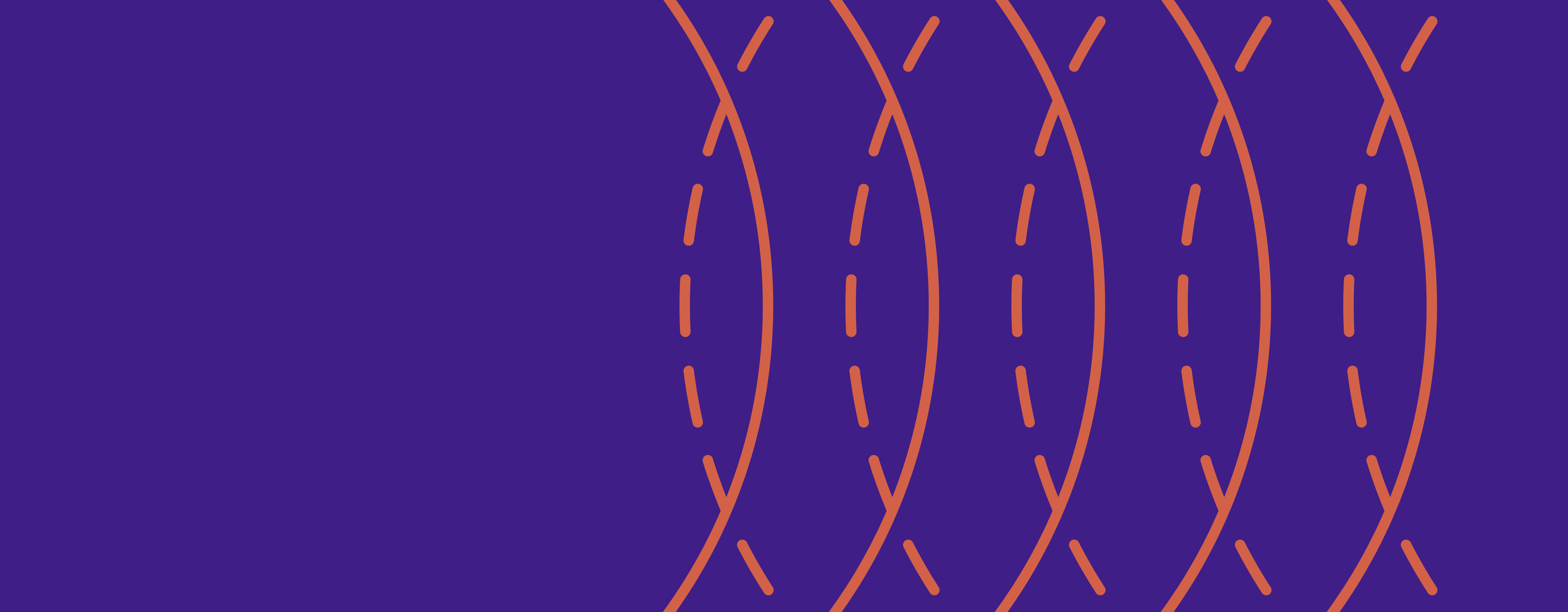
Writing a product manager resume might seem like a daunting task. With our guidance, it won't be as time-consuming or difficult as you may think.
In this article, we’ll discuss resume strategy, structure, and formatting to help you create a winning product manager resume.
We've done the research and narrowed it down to five steps for designing a resume hiring managers love.
Follow this guide and you’ll have job offers from top companies like Apple, Google, or Dropbox in no time.
Writing a Winning Product Manager Resume
Apply your product manager expertise when writing your resume. Start by figuring out opportunities for improvement, come up with a solution, and then execute.
Consider your resume as a product you’re managing. First, understand what the pain points are: needing to find a job in a crowded market place.
Then, come up with a solution that solves those pain points: highlighting your unique experience and communicating your value to the hiring manager.
Finally, execute: organizing your resume in an easy-to-read format so recruiters immediately understand that you’re a highly qualified candidate.
We’ve narrowed it down to five key steps to create a product manager resume that helps you get your dream job. Here are the five stages of resume development, which we’ll cover in further detail below:
- Understand the value you provide
- Research the company and job description
- Build a resume prototype
- Customize your work experience for each job application
- Design a resume that captivates hiring managers
You already understand and apply these concepts from a product standpoint. Now let’s apply them to your resume.
1. Understand Your Value
Understanding what makes you unique will give you an advantage over other applicants. Your resume is your first opportunity to show recruiters how your unique professional experience can help drive growth for their products.
There are many candidates who have comparable experience, but they’re not you. You have a diverse set of skills that others can’t match.
Think about it this way: Product managers are highly differentiated. Some may have a focus on the engineering side of products while others may be more design-oriented.
For example, highlight experience related to the development of the technical architecture of a product if you’re applying to an engineering focused role. Likewise, you should leverage experience like optimizing landing pages if you’re more design-oriented.
Your first step should be researching the company, its product, and the job description so you can take an informed approach. Consider what you can provide for the company and then strategize to create a resume that reflects your value.
2. Do Your Research
You should have a thorough understanding of the company, job description, and their customers before organizing your resume. A well-researched and focused resume will show you’re invested in earning that position.
Think of planning your resume as conducting market research. You wouldn’t create a product without understanding the customer and their needs. You shouldn’t build your resume without knowing the company, the problems they face, and what solutions you can provide them.
The job description will contain much of this information. Look through the responsibilities and expectations to comprehend what type of product manager they’re seeking.
Then move on to researching the company’s website and their product offerings. You should be able to immediately identify their customers and what value the company provides.
Think about what you’d do in your first 90 days at the company. Find ways you can improve their product and what you’d want to do first.
Explain how you’d work with other teams and the forecasted results of your efforts. You obviously don’t know a company’s proprietary data, but you’ll at least show them your thought process and give them insight into how you operate.
You want to know everything possible to customize your resume and build your case for an interview. With this knowledge, you can start listing out your skills and experience in a resume prototype.
3. Build a Prototype
Your first resume iteration doesn’t have to be perfect. By creating a prototype, you’re taking the first step towards solving your problem — completing a resume that’s ready to be used for your application.
Think of it as rapid prototyping. You start with a minimum viable product and then perfect it along the way. The hardest part is taking the first step.
Keep it simple and write down as many unique professional experiences as possible in a Word document. This can be a lengthy list that you’ll trim down. Then, pick which experiences work for the job opportunity and which ones don’t.
Don’t worry about the fine details of each job you held. Also, forget about resume structure and formatting — all of these will come later.
You can start to get more specific once you have a rough draft and a general list of what you’d like to include.
4. Get Specific With Your Work Experience
Your resume should be customized for each job you apply to. Your experience section should reflect that with results-oriented callouts backed by quantifiable metrics.
Resumes that are too general with unrelated work experience will never catch the eye of hiring managers. You’ll find much better results with a resume that’s made specifically for the job opening.
Here are two examples for a SaaS company job application:
- Bad: Led a product development team for a SaaS company
- Good: Managed a cross-functional team and increased development efficiencies by 30% for a high-volume SaaS company
The first option isn’t memorable and is too generic. The second option is more descriptive, relevant, and impressive. It’s what the hiring manager is looking for.
We recommend adjusting your resume to fit each job application. After all, the idea is to craft a resume fit for one particular company. This may be time-consuming, but it will pay dividends in that it will be highly effective for landing interviews.
Each experience you highlight should include the problem you were facing, the solution you came up with, and the results of your hard work. It should also be supported by quantifiable metrics. It’s one thing to say you succeeded on your resume — it’s another to prove it with data.
Also understand that it’s not about what work you did and how much work you completed, but rather the impact you had on the improvement of a product and the success of the company. Show a hiring manager these results and you’re sure to land an interview.
We’ve covered everything needed to plan your resume. Now it’s time to design and finalize everything.
5. Designing a Product Manager Resume
A well-designed resume is concise, purposeful, and easily scannable. Every piece of information serves a purpose with one goal in mind — earning an interview.
You should respect the recruiter’s time and make sure they can quickly look over your resume. They’re looking through hundreds of resumes so make sure you help them out by being concise and creating an easy-to-read format.
First, let’s look at which sections you should include in your product manager resume.
Resume Sections
Product manager resumes include the same sections as most other professions. You'll need to include contact information, resume summary, work experience, skills, education, and optional additional sections.
Take a look at the resume below for an idea of what your resume should look like.
Contact Information
Include your name, city, state, email address, and phone number for recruiters to contact you. You should also include a link to your portfolio — if you have one — so they can follow up and see your work in action.
Example:
- James Johnson | Product Manager | San Francisco, California
- Jjohnson@gmail.com | 888-431-2368 | YourPortfolio.com
Resume Summary
Your resume summary quickly explains your experience and successes throughout your career. It should be compelling and direct in order to grab the attention of the recruiter. An effective summary is under four sentences long and includes your career highlights.
Example:
- Entrepreneurial product manager with 15-years of experience developing B2B and B2C products. Certified Scrum Master who has successfully launched and exited two startups. Prepared to apply product management expertise and collaborate with cross-functional teams throughout the product life cycle.
Work Experience
Hiring managers will pay the most attention to this section. This is where you walk through your work experience and present accomplishments that are relevant to the company. This should include the company name, job title, dates of employment, and bulleted highlights. Create custom bullet points for each company that explain the problem, solution, and data-supported results.
Example:
ABC SaaS Company | Senior Product Manager | July 2018 – March 2020
- Developed new onboarding processes that increased product engagement rate by 30%
- Leveraged A/B testing to increase free trial product sign-ups by 25%
- Applied Agile principles in Jira to reduce programming costs by $30,000
Skills
Every product manager will have a diverse set of hard skills and soft skills. This is what makes you unique. Explain the planning, analytics, and engineering tools you used in previous roles. You don’t need to include product manager skills or tools that the company doesn’t use. Remember, customize each section to fit the job description.
Example:
Education
Your education section may not seem as relevant as your work experience and skills, but it’s still important. Include the name of the institution, degree obtained, and dates attended. You can even include organizational participation and GPA if you have less professional experience.
Example:
- New York University | Master’s Degree in Computer Science | 2008 – 2012
Additional Sections
Additional sections are optional and should only be included if they add value to your resume. You can list side projects, volunteerism, certifications, or awards in this section. These additional sections give insight into your personality and your life outside of work, but don’t feel like you need to include these areas if your resume is getting crowded.
Resume Design Elements
There are a few easy design principles you can apply to make your resume stand out. Creating a beautifully designed resume will show hiring managers that you understand concepts like user experience and product design.
The foundation of your resume is built on content, but you’ll lose your reader without great design. Here are some recommendations for your resume template:
- Margins: Your margins should be big enough that you can print your resume without any issues. Also, make sure they’re not too big because that can make your resume unnecessarily long, pushing it beyond two pages.
- Typography: Use a professional-looking font and create a hierarchy with your font size. Your main content should be big enough to read without struggling.
- Spacing: Use appropriate line spacing to increase readability.
- White space: Let the reader’s eyes rest by giving enough space between each section.
- Color usage: You can incorporate color into your resume but make sure it doesn’t distract the reader.
- Resume length: Most resumes should stick to one page. You can extend to two pages if you have a lot of experience and are applying for a higher-level role.
You can take a look at some of these product manager resume examples to understand what your resume should look like. Stick to these design tips, and you'll have no problem creating a resume that stands out from the rest.
Follow the Roadmap
Your resume is just the start. It needs to earn you an interview. Then, it’s up to you to further explain your value face-to-face.
Remember what we mentioned above — it’s about quality, not quantity. Choose work experiences that match the job description and customize your resume for each application. Stay focused in your job search and put in the work to find product manager jobs that match your experience and goals.
Take a look at some of the hiring manager approved resume templates offered with our resume builder. You’ll find professionally designed resumes without the hassle. So, you can spend less time designing your resume and more time job hunting.

Make Your iOS Developer Resume a Seamless User Experience

How to Create a Software Engineer Resume Hiring Managers Will Love

A 5-Step Guide for Writing a Product Manager Resume
